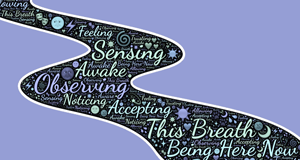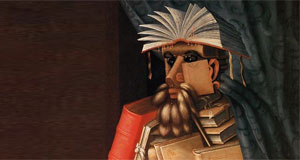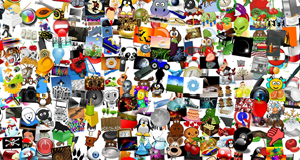Classroom Constitution
Students write a classroom constitution to ensure that all students will be treated fairly and to create a welcoming environment for sharing, growing and learning.
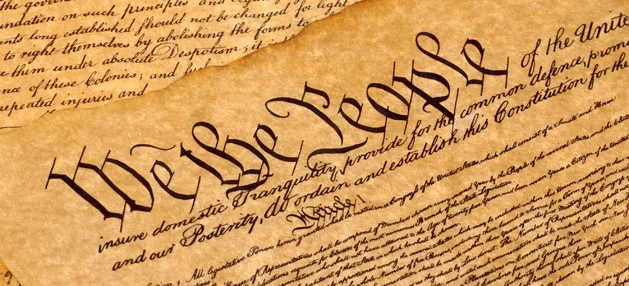
Task
The Constitution is the supreme law of the land in the United States. With a positive overtone, the preamble, articles, and amendments in this document protect the rights of all US citizens. Create a similar document for your class to ensure that everyone has a voice and rights that make them feel safe and comfortable expressing themselves.
Engage
At the beginning of each year, most teachers clarify classroom rules and expectations, both academic and behavioral. You can use Constitution Day, September 17th, to not only talk about this important document, but begin discussions about rights and responsibilities.
Involving your class in creating a class constitution makes them part of the process of government and give them a vested interest and responsibility in following and upholding the laws they have determined.
Kick off this lesson with an exercise that gets students thinking about fairness. For example, open the class saying that your favorite color is green, so all students with green eyes will be exempt from homework for the week. You could also say something like, "Anyone wearing sneakers will get 5 extra minutes of recess, while those wearing other types of shoes will have to stay inside doing extra math work."
Continue sharing ways that you will discriminate or bend the rules until someone points out that you are not being fair. Discuss what fair means and how it relates to equality.
After discussing fairness, have students attempt to summarize their ideas with an acrostic poem they have written using the letters F-A-I-R.
Next, introduce the students to the US Constitution. Focus on three areas of the document, the preamble, the articles, and a few amendments.
Share the School House Rock video of the Preamble.
Discuss the words of the Preamble and how they set up the purpose and goal of the details of the US Constitution.
Download a printable Preamble to the US Constitution.
Work as a whole class to write a classroom constitution. You might use s similar format to the preamble. For example:
"We the students of _____ class, in Order to form a more perfect Union, establish _____ , insure _____, provide for ______, promote ______, and secure _____, do ordain and establish this Constitution for our classroom."
Create
The articles of the constitution outline the structure and function of the government. For this lesson, the first ten amendments to the Constitution, or Bill of Rights, will likely be more interesting to students.
You can take this opportunity to study the entire Bill of Rights, but a focus on the first and fourth amendments are a great way to help students find ideas for classroom rights.
Many students don't like working in teams. To help them think about classroom rights, you may also want to talk about norms for group work. They usually have lots of complaints and ideas!
Work as a class to brainstorm a list of rights. You may want to add your own ideas for the rights of the teacher!
Divide the class into small teams. Have each team choose 5 rights they think are most important.
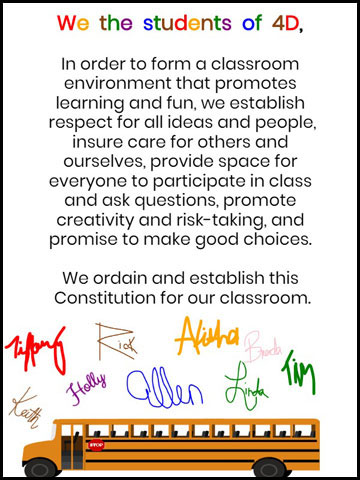
Each team should craft a clear and concise statement articulating each of these rights. Have them add these rights to a single page in Wixie.
Next, have two teams meet together to discuss what they have written. Teams should then edit their list of rights to include new wording or even new rights.
After class, log in to your Wixie account and use the project wizard to combine all of their work into one file.
When students return to class, project their ideas and read the articles on each page. As you move through the each page, discuss which rights are similar and which ones have the wording the class likes best.
Create a new blank page and copy the rights you want to keep as a class. Make edits to the wording for a final version.
Share
Print the final constitution in large format or create a version using poster or chart paper so you can post it in the classroom for everyone to see.
Make time for a formal reading of the preamble and articles. The Constitution was ratified by the states. To ratify your classroom constitution, have each student come to the front to sign, or add their "John Hancock," to the document. You may wish to invite a school administrator as witness to the process to lend an air of additional importance to the event.

Print copies of the document for students to take home and share with their families.
Assessment
You can get a sense of student's understanding of essential social studies ideas like the importance of rules and rights vs. responsibilities. You can get a sense of their critical thinking skills as you discuss the idea of fairness.
As students work to write the rules, you will be able to assess their ability to change a negative sentence (rule) into a positive sentence (right). This is also an opportunity to focus the importance of specific vocabulary and terminology for clear and concise writing.
Since this is the beginning of the year, you may want to focus assessment on student behavior and teamwork.
Resources
Jean Fritz.Shh! We're Writing the Constitution. ISBN: 0698116240
David Catrow.We the Kids. ISBN: 0142402761
Syl Sobel.The US Constitution and You. ISBN: 147920773X
National Constitution Center - Constitution Day
National Archives - Constitution
School House Rock - Preamble (Note: Ad at front)
Standards
Common Core Standards for English Language Arts
College and Career Readiness Anchor Standards for Speaking and Listening
CCSS.ELA-LITERACY.CCRA.SL.1
Prepare for and participate effectively in a range of conversations and collaborations with diverse partners, building on others' ideas and expressing their own clearly and persuasively.
C3 Framework for Social Studies State Standards
The Inquiry Arc
1. Developing Questions and Planning Investigations
2. Applying Disciplinary Concepts and Tools
3. Gathering, Evaluating, and Using Evidence
4. Working Collaboratively and Communicating Conclusions
Dimension 2: Civics
D2.Civ.3.K-2
Explain the need for and purposes of rules in various settings inside and outside of school.
D2.Civ.3.3-5
Examine the origins and purposes of rules, laws, and key U.S. constitutional provisions.
ISTE NETS for Students 2016:
6. Creative Communicator
Students communicate clearly and express themselves creatively for a variety of purposes using the platforms, tools, styles, formats and digital media appropriate to their goals. Students:
a. choose the appropriate platforms and tools for meeting the desired objectives of their creation or communication.
b. create original works or responsibly repurpose or remix digital resources into new creations.
d. publish or present content that customizes the message and medium for their intended audiences.





